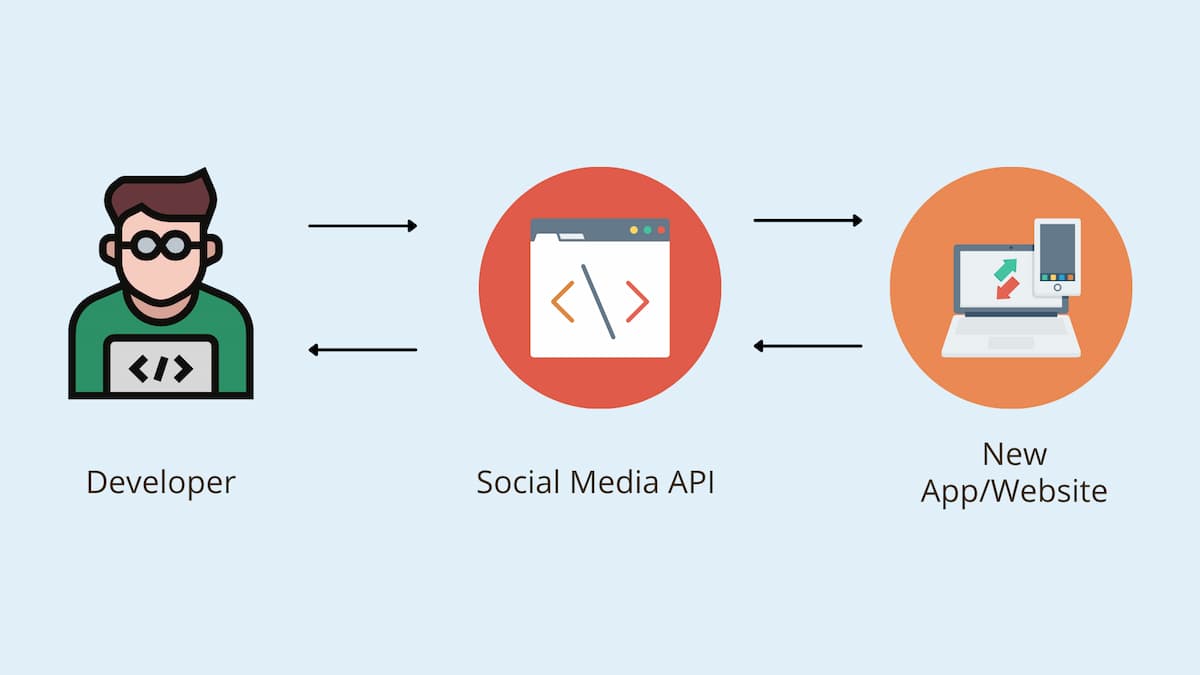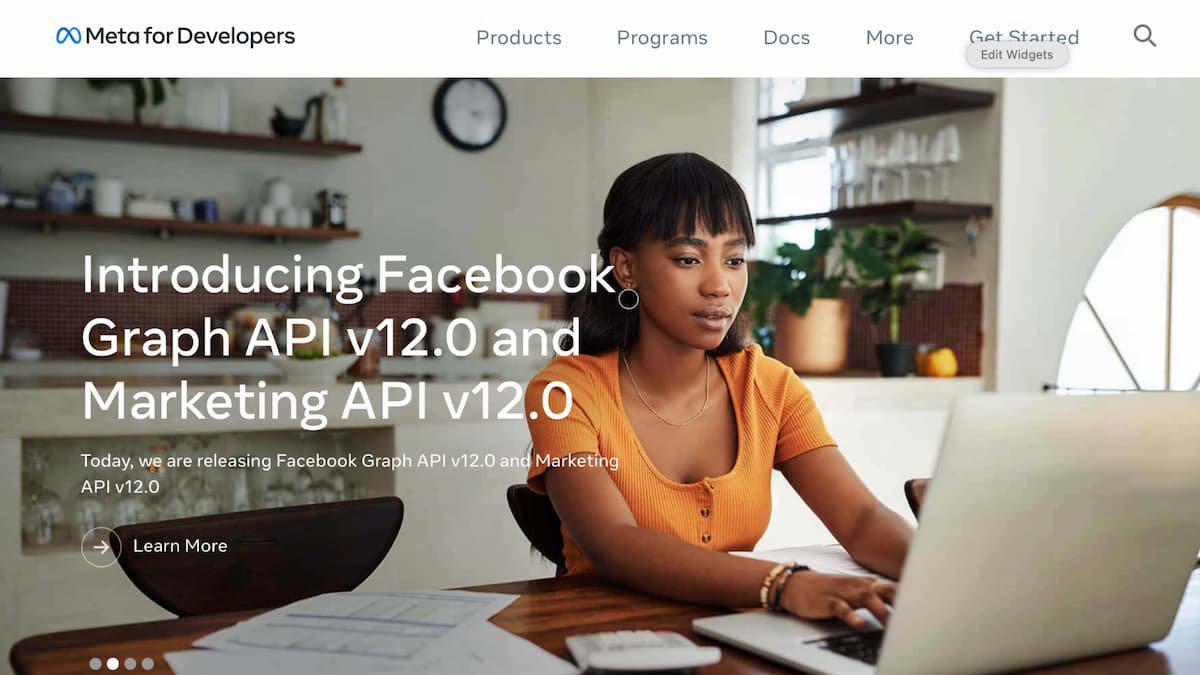Everyone knows that the Internet is based on APIs.
Whether it’s booking flights on Expedia, paying online via PayPal, or booking Instagram posts, you’ve most likely experienced firsthand the power of APIs.
Social media APIs are more common than you might think.
When you access the website using your mobile device, you will most likely be prompted to log in with your Facebook profile.
I think this screen is familiar.
But can you use social media tools to access and publish content to a variety of networks with just a few clicks?
In this post we will explain the social media API: what is it and how can we use it? Whether you’re a marketer, novice developer, or anyone involved in content planning, this beginner’s guide is for you.
By now, you are probably familiar with social media scheduling tools. It is popular because it is easy to use and allows brands to manage content across multiple social platforms at once.
But wondering how to use tools like Buffer to create, schedule, and analyze content on Facebook, Instagram and Twitter?
The answer is the social media API.
APIs represent application programming interfaces.
- A-Application
- P-programming
- I-interface
social media API An interface between other apps and social networks. They act like “messengers” by forwarding your request to a social network (endpoint) and then forwarding a response back to you.

Does this definition sound confusing?
Let’s consider an analogy.
Imagine looking at a restaurant menu.
The menu has a list of foods that can be ordered as described. When you place an order, the kitchen will start preparing the food and deliver the finished dish.
You probably don’t know what goes on in the kitchen and how food is prepared. All communication between you and the kitchen is through the app interface.
The API is the same. – Developers do not need to know how to write code. You just need to know what function it performs and choose the right function to use in your app.
How are social media APIs used?
Most social media management tools today are built using APIs. These APIs help users manage their content from a single dashboard. If a tool doesn’t have a common scheduling feature – it’s most likely because that tool doesn’t have a specific API.
There are different types of APIs.
some free publicly available, such as Google’s YouTube API. private Used to connect different apps within an organization.
Social networks have their own APIs.

All major social media networks (including Facebook, Twitter, Instagram, YouTube, TikTok, and LinkedIn) come with their own APIs. Developers can use these APIs to build new social media scheduling software and apps. You cannot copy and resell these APIs, but you can improve them and incorporate them into your apps to improve the user experience.
1. Facebook Graph API and Instagram API
This API allows your business account to manage content on Facebook and Instagram, including:
- Log in with your Facebook profile
- Post images and videos and reply to comments
- Find hashtags
- Access basic post metrics, insights, and analytics.
Learn how to use the Facebook Graph API with this guide.
2. Twitter API
This API gives developers access to Tweets, Direct Messages, Spaces, Lists, Users, and more. Developers can integrate this API into their apps, allowing users to post to Twitter directly from their apps.
Recommendations: Top 10 Social Media Network APIs.
These APIs are free, but have some limitations. And most importantly, a rigorous approval process for third-party apps and developers.
3. Airshare API
Ayrshare’s API Businesses can use a single API to publish content to multiple social profiles, including Facebook pages and groups, Twitter, LinkedIn, Instagram, YouTube, GoogleMyBusiness, Reddit, TikTok, and Telegram. Reference API documentation For more information.

- schedule tool Using APIs that allow users to post content to multiple social networks:
- social media analytics tool Use APIs to get user data and summarize it in analytics dashboards.
- Icon Square
- Notjustanalytics
Examples of tools that use social media APIs:
- hashtag research tool Track hashtag usage across multiple networks.
- advanced tools Use the social listening API to track ad performance and social mentions:
… And many more!
user:
- One of the key benefits for marketers is that they can manage their content from a single app instead of using 3-5 platforms.
- A product built on top of the API also saves users time by eliminating the need to manually publish content to each social network.
- The API allows your product to generate useful analytics reports.
developer:
- Social Media APIs allow developers to add new functionality to their website by choosing a selection of useful APIs that have been proven to work. This allows developers to work faster and save time.
- APIs also reduce fragmentation between different apps through an interconnected system of apps and platforms.
conclusion
Many scheduling tools use the API today.
However, the API is technical and can be difficult for many marketers to understand. However, a little knowledge of how social media APIs work can help social media users and marketers plan better content.
Now, hopefully it will be clearer about the role social media APIs play on the internet and why they are important to developers and marketers alike.